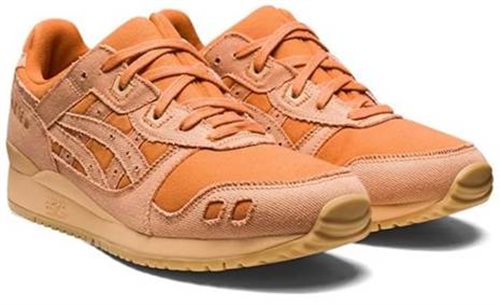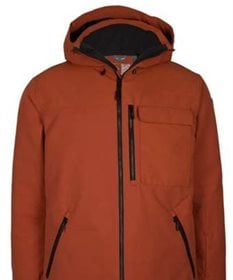
Top stories




EducationHow gender-inclusion in higher education can transform Africa’s future
Meekness Lunga-Ayidu 4 hours

LegalNigeria to implement new tax laws from January 1 despite calls for delay, Tinubu says
Camillus Eboh 2 days

Many international brands have included Rooibos colours and dyes as part of their latest collections.
Adele du Toit, spokesperson for the SA Rooibos Council (SARC), says it’s “amazing” to see how Rooibos is being used to dye everything from shawls, scarves, T-shirts, hoodies, dresses and trousers. “Colouring garments using non-toxic, biodegradable and eco-friendly natural dyes like Rooibos could significantly reduce the textile industry’s carbon footprint.”
She says the fast fashion trend of rapidly producing inexpensive clothing by mass retailers in response to the latest fad, is bad for the earth.
“It dries up water sources, pollutes rivers and streams and is responsible for nearly 10% of global carbon emissions – more than all international and maritime shipping combined. One of the three main drivers of pollution is dyeing and finishing, which amounts to 36% of the industry’s global pollution impact.”
Natural dyes used to be the norm before scientists discovered they could produce dye pigments in a laboratory in the mid-19th century. The practice immediately took off since synthetically dyeing clothes stood up to washing, were quicker to make and could be easily transferred to fibres. Consequently, the art of creating dyes from plants became somewhat lost.
Although natural dyes are more expensive than artificial ones, they are better for the environment and our health.
Rooibos has become a popular natural dye for wool, cotton and yarn. It even has its own Pantone colour code – a standardised colour-matching system used worldwide to help printers and designers specify and control colours for printing.
Popular brands, like Asics sportswear, launched its Rooibos-dyed Asics Gel Lyte III sneaker this April as part of its new colourway range. It’s made from recycled textiles and dyed panels from leftover tea, and retails for $140.
Surf and action lifestyle brand, Quiksilver, also launched a Rooibos-coloured insulator jacket, while rival surf and sports label, O’Neill, rolled out its utility snow jacket in Rooibos Red.



In line with the trend, outdoor clothing brand Kong Running, launched its Tsunami Down Jacket in dark blue and Rooibos. Meanwhile Joseph, a contemporary British designer brand that has been around since 1966, has also embraced Rooibos as a natural dye. Its Rooibos Tea range features stylish knits, boots, scarfs, dresses, blouses, sandals, leggings, trousers in deep amber colours.
As part of Pangaia's ongoing efforts to develop sustainable dye solutions, its new capsule collection has been expertly dyed using food waste, with a focus on ingredients like Matcha, Rooibos and Blueberry.
Du Toit explains that Rooibos’ vibrant amber colour is developed during the post-harvest fermentation (oxidation) process, brought about by natural enzymes in the plant.
“Dyeing with Rooibos is easy and gives textiles a rich earthy colour. Rooibos can be used to create a natural dye that produces shades of yellow, orange and red,” she says.
SA Rooibos Council lists the following advantages of using natural pigments and dyes:
“We are so proud to see Rooibos and tea waste used as sustainable ways to dye clothes. The fashion industry’s use for Rooibos, not only has great social and economic benefits for South Africa, but also helps the world to take another step forward towards sustainable living,” Du Toit says.